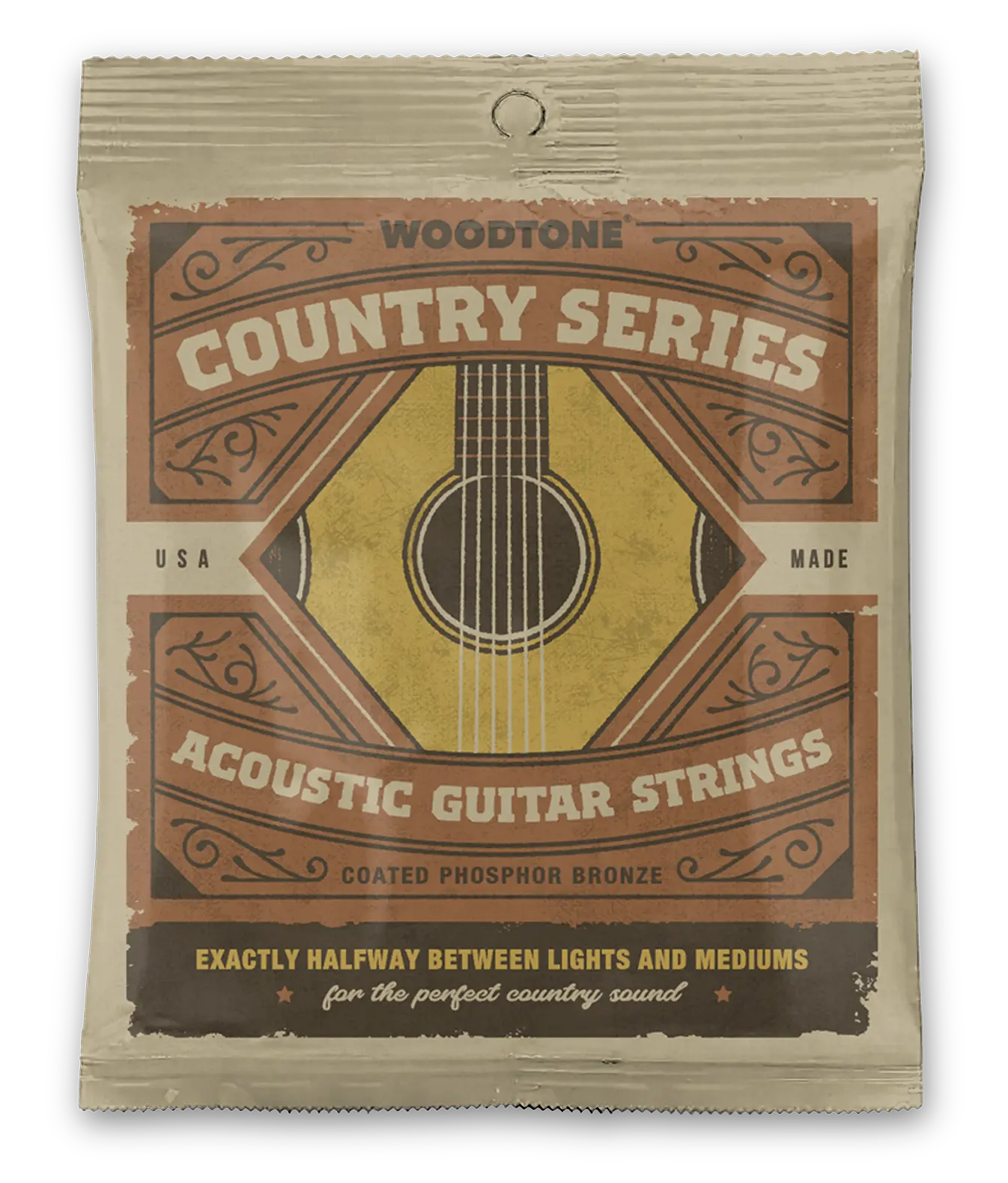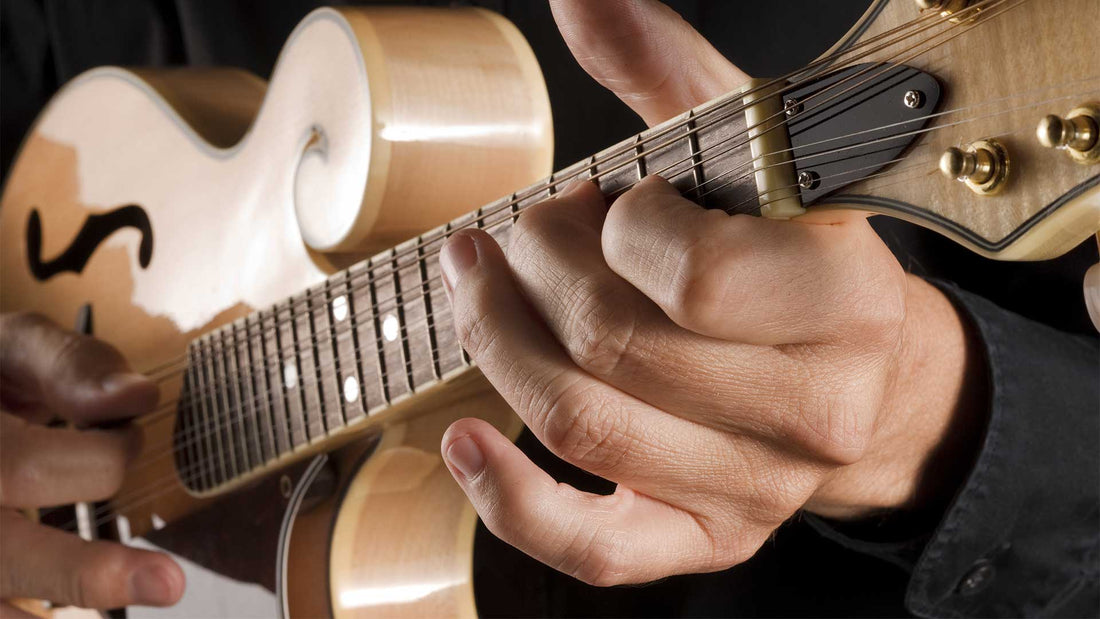Article Bookmarks
Introduction
The mandolin, with its rich history and distinctive sound, has evolved into various forms and styles over the years. From the traditional bowl-back mandolins to modern electric variants, each type of mandolin carries its unique charm and purpose, catering to the diverse needs and preferences of musicians worldwide. Let's embark on a melodic journey through the fascinating world of different mandolin types.
Bowl-back mandolins
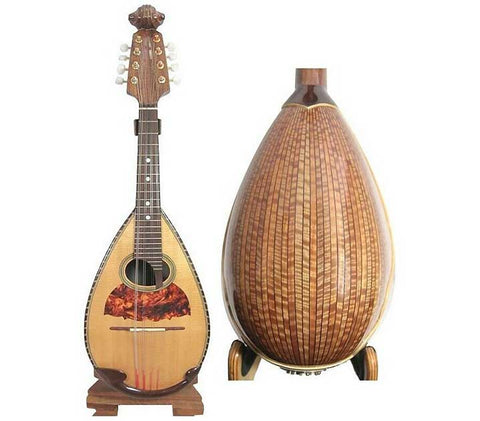
The bowl-back mandolin, also known as the Neapolitan mandolin, represents the classic, traditional form of this instrument. Recognized for its rounded back resembling a bowl, this design contributes to its warm, mellow tone, making it well-suited for classical, folk, and traditional Mediterranean music. Its curved structure enhances the projection of sound, allowing for a resonant and vibrant playing experience.
Flat-back mandolins
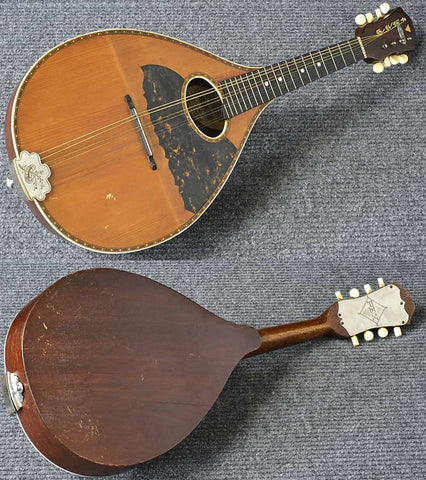
Contrasting the bowl-back design, flat-back mandolins feature a flat or slightly arched back, which produces a more focused and direct sound projection. Commonly associated with bluegrass, country, and Americana music, the flat-back mandolin's brighter tone and punchy resonance lend themselves well to genres that require a strong rhythmic presence. Its ergonomic design often appeals to contemporary musicians seeking a versatile instrument for various musical styles.
Archtop mandolins
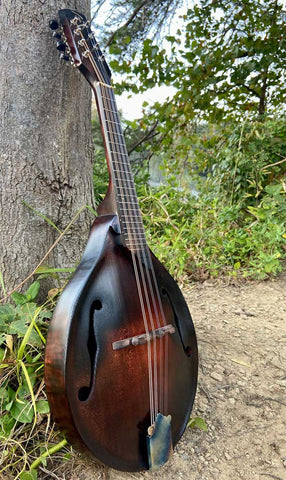
Incorporating elements from both the bowl-back and flat-back mandolins, archtop mandolins boast a distinctive arched top and back, resembling the design of archtop guitars. This construction contributes to a balanced tone, combining the warmth of the bowl-back mandolin with the projection of the flat-back variant. Popular in jazz and swing music, the archtop mandolin's versatility and smooth tonal qualities make it a favored choice among musicians seeking a dynamic instrument for improvisation and solo performances.
Electric mandolins
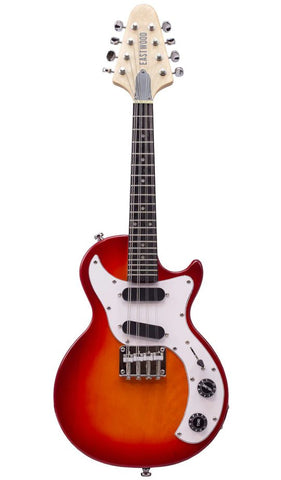
Embracing modern technology and contemporary musical trends, electric mandolins have gained significant popularity in various genres, including rock, pop, and fusion. Equipped with pickups and electronic amplification systems, electric mandolins offer musicians the flexibility to experiment with different effects and achieve a distinct, amplified sound. Their sleek designs and enhanced playability make them an attractive option for performers seeking to push the boundaries of traditional mandolin music.
F-Style vs. A-Style mandolins
Among the various kinds of mandolins listed above, the F-Style and A-Style mandolins stand out as two distinct variants, each with its own unique attributes. Understanding the differences between these two iconic mandolin styles is crucial for any mandolin enthusiast, whether you're a seasoned player or a curious beginner.
F-Style mandolin: Elegance and distinction
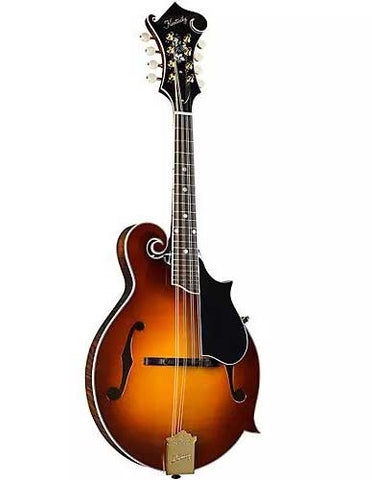
The F-Style mandolin is a true work of art, known for its striking aesthetics and exquisite craftsmanship. Characterized by its scroll-like body and extended points, the F-Style mandolin exudes an air of elegance and sophistication. The intricate design often appeals to musicians who appreciate the instrument as both a musical tool and a piece of visual art. Beyond its ornate appearance, the F-Style mandolin is revered for its bright and projecting tone, making it a preferred choice for genres that demand a cutting and vibrant sound, such as bluegrass and folk. Its resonance and volume make it an excellent option for solo performances and group settings alike.
A-Style mandolin: Simplicity and timeless appeal
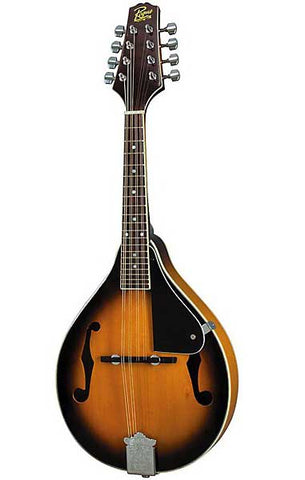
In contrast to the F-Style mandolin, the A-Style mandolin boasts a more traditional and timeless look. Its teardrop-shaped body, devoid of the extended points, offers a classic aesthetic that harkens back to the instrument's historical roots. The A-Style mandolin is favored for its simplicity and understated charm, appealing to musicians who prioritize a clean, unembellished appearance. Beyond its visual appeal, the A-Style mandolin produces a clear, balanced, and mellow sound, making it a versatile choice for a wide range of musical styles, including classical, folk, and even some forms of jazz. Its well-rounded tonal qualities and ease of playability make it an ideal option for both beginners and experienced players seeking a reliable and adaptable instrument.
Mandolin family variants
Beyond the traditional mandolin variations, the mandolin family encompasses several related instruments, each contributing its unique timbre and character to the musical landscape. These include the mandola, octave mandolin, mandocello, and bass mandolin (mandobass). With their differing sizes and tunings, these relatives of the mandolin expand the tonal range and versatility, enabling musicians to explore a broader spectrum of musical expression and arrangement possibilities.
Conclusion
The diverse range of mandolin types offers a rich tapestry of sounds and styles, catering to the musical preferences and inclinations of a wide array of musicians. From the timeless resonance of the bowl-back mandolin to the modern versatility of electric variants, each type contributes to the vibrant legacy of this beloved string instrument. Embracing the intricacies and nuances of different mandolin types not only enriches our musical experiences but also reflects the instrument's enduring legacy and adaptability in the ever-evolving world of music.
